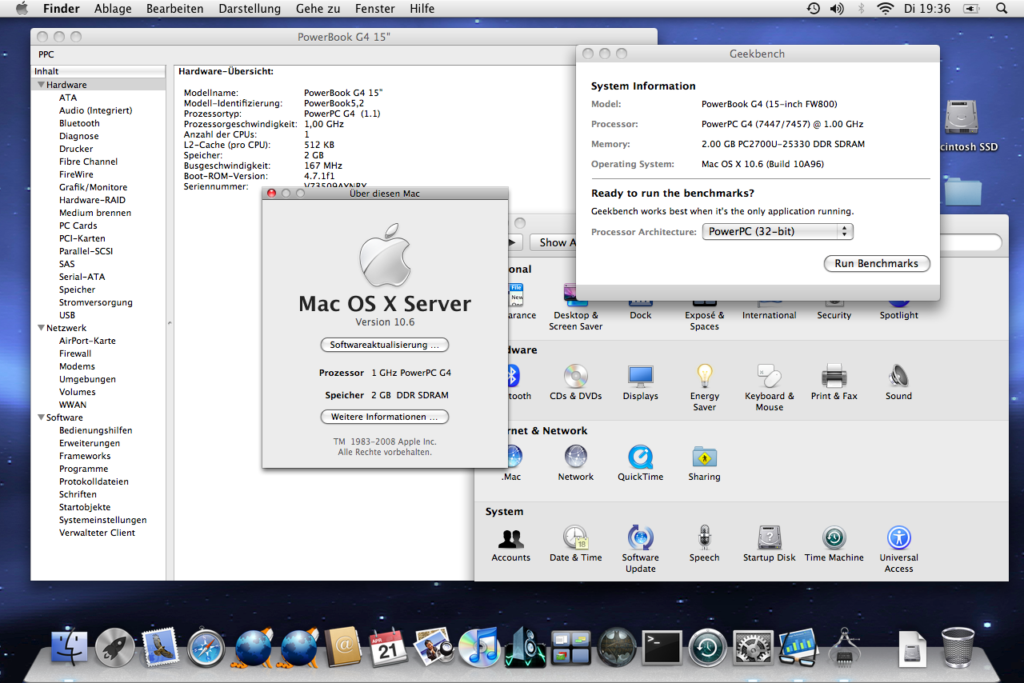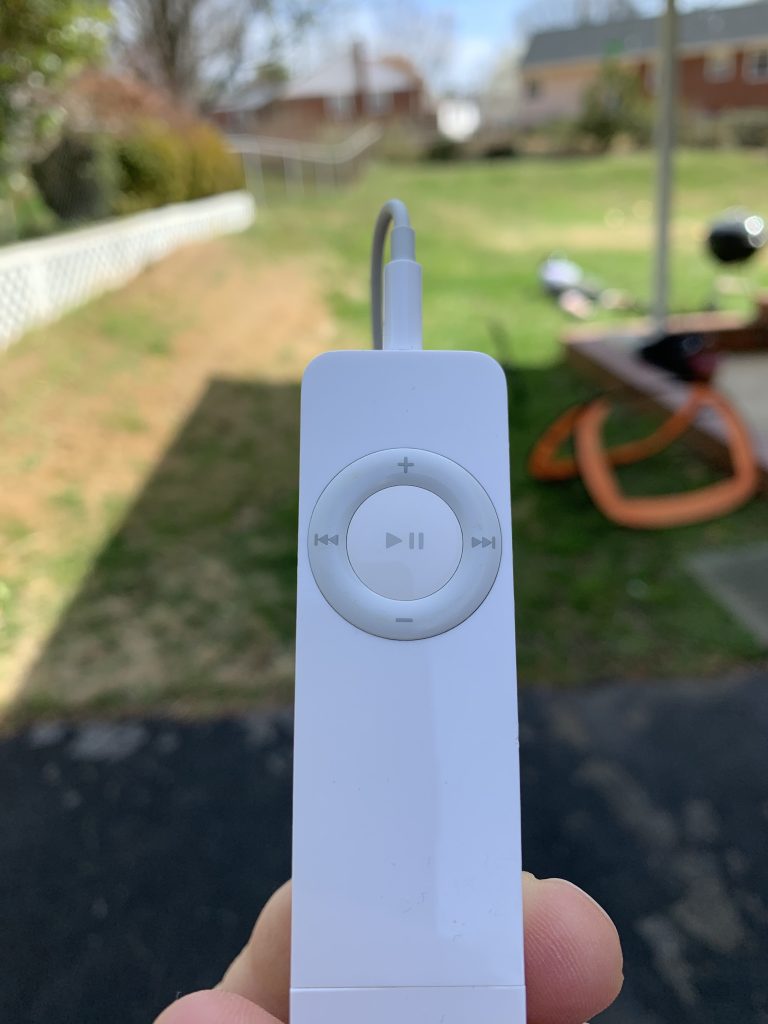
Today, I launched the boring and meticulous process to put new thermal paste on my dual core G5.
I was going to take a step by step photo process, but it was enough for me just to focus on cataloguing each screw and keeping things tidy. I dusted out the machine while I was at it, although it wasn’t in a bad state after the most recent cleaning. The hardest part is that little rubber/plastic screw on the “G5” aluminum shield. Removing it is a pain and it will ruin your warranty.
Of course, if you still have a warranty on your machine, I’d love to hear that story.
Every time I tinker with my G5, I appreciate Apple’s design. It’s beautiful, expertly put together, built like a tank. Things are held together by more than just a couple of dinky screws or rubber grommets (from my Dell experiences). To get access to the CPU, you easily have to unscrew 25-ish screws, which is insane but also kind of awesome.
After the new thermal paste, I booted it up to make sure I didn’t screw in something wrong and weird.
All is well.
My next project will be to replace 2-3 fans that are particularly noisy with aftermarket quiet options. I saw this idea on Facebook and assumed that the G5 used proprietary fans. While aftermarket fans will blow at full RPM, they will run quieter, which would be… again… awesome.
Following that, I’m going to try two Samsung 840 EVOs in RAID0 just for giggles.
— Nathan


